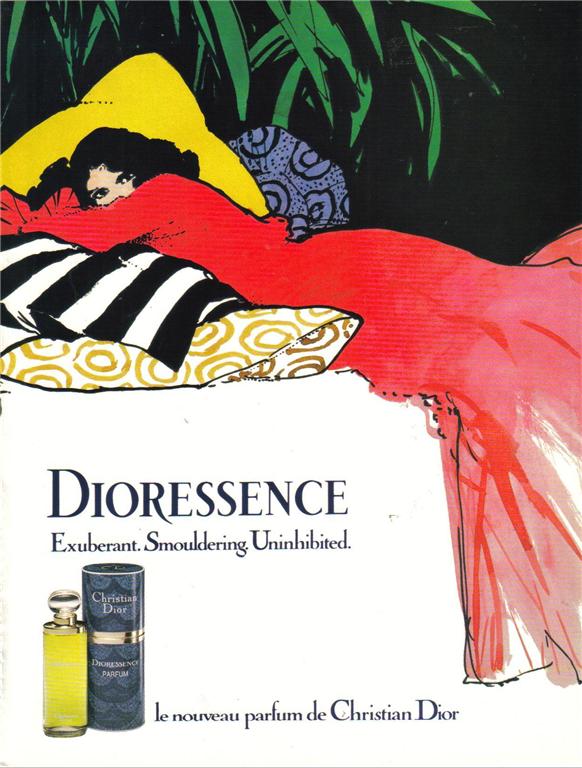Lola Prusac launched her first fragrance, Sega, in 1958, marking her entrance into the world of perfumery. Prusac, a noted French fashion designer, was already famous for her work with Hermès, where she introduced bold, innovative designs, including her much-celebrated travel bags and scarves. Her style was avant-garde, blending modern art influences with traditional craftsmanship, and this creative vision seamlessly carried over into her perfume endeavors. As her first fragrance, Sega was a statement of Prusac’s artistic flair, aligning with her reputation for bold, culturally rich inspirations. The name Sega is not only exotic and evocative, but it also carries significant cultural weight.
The word "Sega" refers to the national dance of Mauritius, a small island nation located in the Indian Ocean off the coast of Madagascar. The Sega dance is an important part of Creole culture and heritage, characterized by rhythmic, flowing movements accompanied by traditional music. Historically, the dance has roots in the enslaved African populations of Mauritius and was used as a form of expression and resistance. Sung in Creole, it shares similarities with the Calypso rhythms of the West Indies. By the mid-20th century, the Sega dance had evolved and was adapted to fit modern tastes, blending traditional elements with contemporary influences to appeal to broader audiences. In the 1950s, Sega had transformed into a more polished performance style, reflecting the cultural revival and post-war fascination with the exotic.
The choice of the name Sega for a fragrance was deeply symbolic. It evoked images of the islands, a sense of escape, rhythm, and sensuality. The word conjures up visions of swaying skirts, warm breezes, and nights filled with music and dance. It suggests a fragrance that is carefree yet deeply connected to nature, rhythmic yet delicate. For women of the 1950s, a perfume called Sega would have represented a fantasy of tropical paradise, a way to indulge in the allure of far-off lands. This was a time when post-war glamour was being infused with more relaxed, exotic influences, and the idea of traveling or at least feeling transported to a distant place was highly appealing. Women would have been drawn to Sega for its promise of adventure, sensuality, and vibrant cultural richness.
Interpreted as a scent, Sega would be a bright, vivacious fragrance with a subtle exotic allure. The top notes of verbena, lemon, and lemongrass create an immediate freshness, reminiscent of a tropical breeze, bright and invigorating. These citrusy elements would have served to catch attention and uplift the spirit, much like the lively beat of the Sega dance. The heart of the fragrance features a more complex floral arrangement—hawthorn, ylang ylang, gentian, iris, and honeysuckle—offering a rich, layered bouquet that blends the delicate with the exotic. The softness of iris and the sweetness of honeysuckle balance against the more distinctive notes of ylang ylang and gentian, creating a sense of depth and intrigue. The base of tobacco flower, tonka bean, and wild cloves brings warmth and a hint of spice, grounding the fragrance with a sensual, slightly mysterious finish. These base notes would linger on the skin, reminiscent of the earthy, sensual rhythms of the Sega dance.























